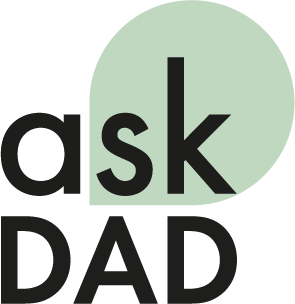Leitmotif
The solution space is clear, but the group should choose!
In the operational group decision, the entire organization or a part of it, e.g. the department, the scrum team, the works council, …
The decision is made by means of some form of vote/election.
In the decision-making processes of this method, the alternatives are fixed in the sense that they are not adjusted. There is no modification due to objections. In most cases, the person presenting the topic already has several ideas for a solution and would like the group to decide which of the solutions it should be. There is therefore no suggestion phase – if the Solution Finder is used, it is simply deactivated.
Rating scales can be used for the choice, which are defined as positive (what do I agree with?) or negative (where do I feel resistance?) or a combination of both (e.g. with double weighting of rejection).
If an individual veto is permitted in the voting procedure, at least a basic consensus can be assumed, as alternatives that are outside the tolerance range of individuals are eliminated (see also resistance query). If veto options for the group are built into the voting procedure (so-called quorums, see below), the endorsement is qualitatively secured.
The method is particularly suitable for fixed, atomic alternatives that can be ranked (scales). It is the standard method for the classic choice of person, i.e. the answer to “Who should do …?”. Further examples:
- Where are we going for lunch today? (usually there is only a finite number of known alternatives)
- How much money do we want to spend on …? (see “What do we invest in?” in the kG)
- How cold do you like your drinks/the room temperature?
- How many people should we invite?
Examples of quorums:
- A proposal can only be accepted if it receives at least 10% of the votes (or: a score of X is achieved)
- There must be at least 50% voter turnout
